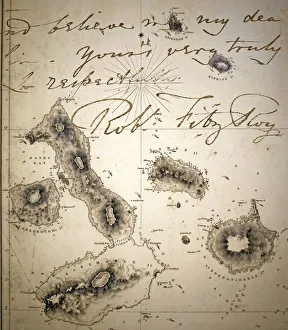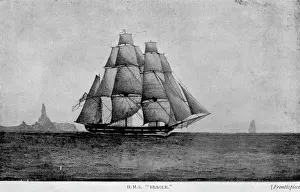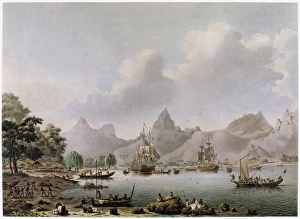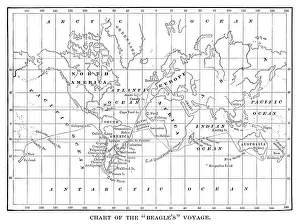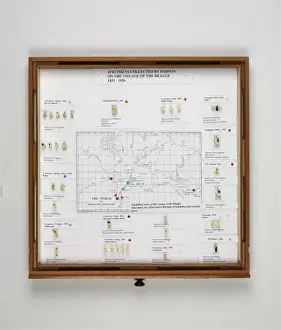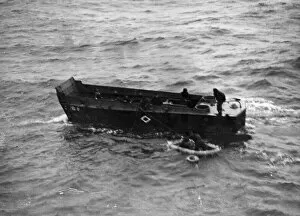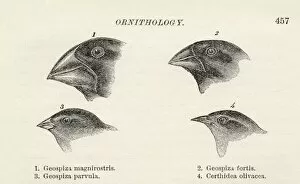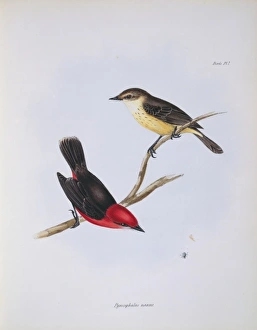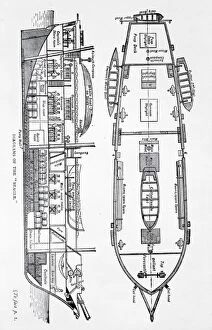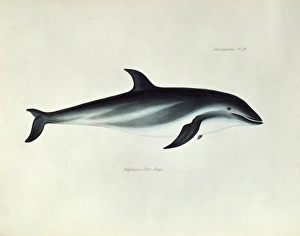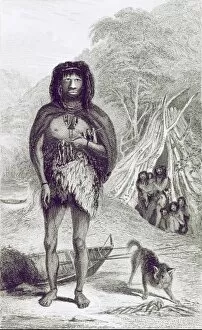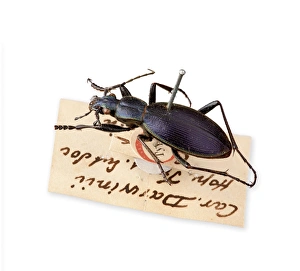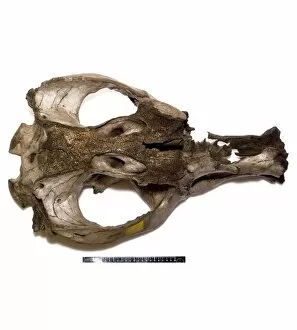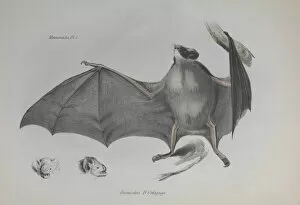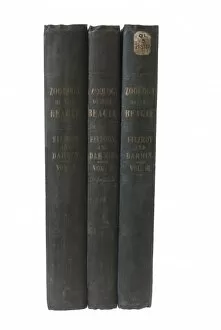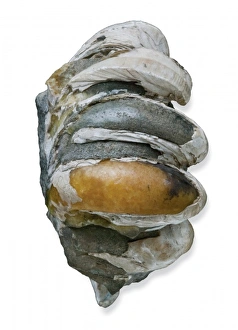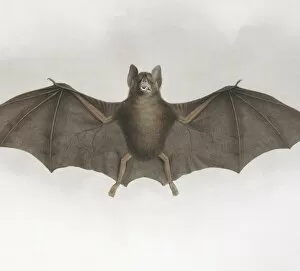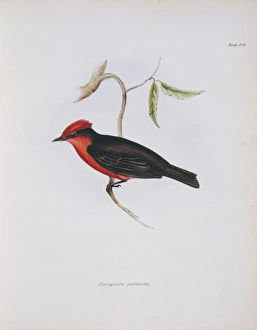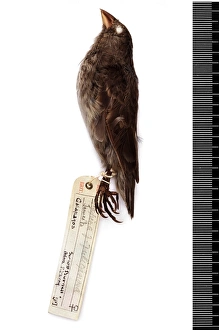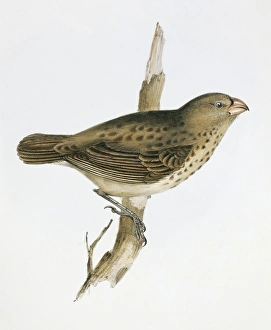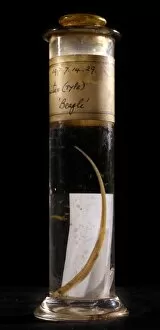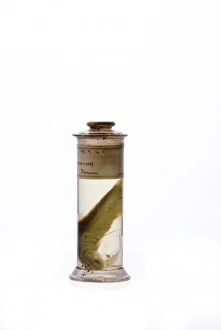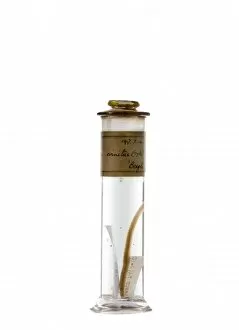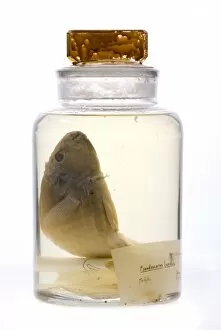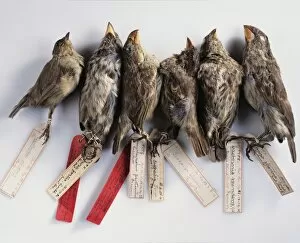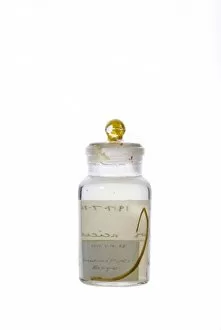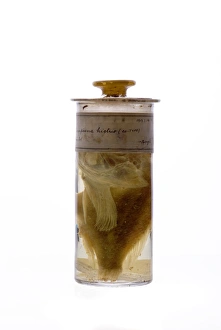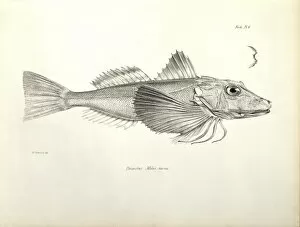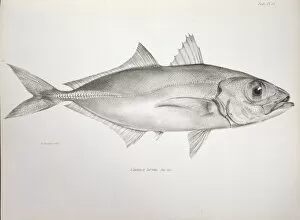Hms Beagle Collection
"HMS Beagle: A Voyage of Discovery and Evolution" The HMS Beagle, captained by Robert Fitzroy
All Professionally Made to Order for Quick Shipping
"HMS Beagle: A Voyage of Discovery and Evolution" The HMS Beagle, captained by Robert Fitzroy, embarked on a historic journey that would forever change our understanding of the natural world. This Galapagos Admiralty map, meticulously crafted by Fitzroy himself, guided the ship through uncharted waters and unknown territories. As the H. M. S Beagle set sail in 1831, it carried an eager young scientist named Charles Darwin as its naturalist. Little did they know that this voyage would shape Darwin's groundbreaking theory of evolution. The Chart of the Beagle's voyage serves as a testament to his meticulous observations and tireless research. During their five-year expedition, Darwin collected countless specimens from various regions across South America. These invaluable treasures are a testament to his dedication and passion for unraveling nature's mysteries. In 1843, Captain Robert Fitzroy published "Darwin’s Capn, " recounting their remarkable journey together. It immortalized their friendship and highlighted the profound impact this voyage had on both men. One notable stop was Rio Santa Cruz in Patagonia where the HMS Beagle laid ashore in 1834 (1839). This momentous occasion allowed them to explore new landscapes teeming with exotic flora and fauna such as the Ceroglossus Beetle – just one example of many fascinating discoveries made during their time there. Not only was HMS Beagle involved in scientific pursuits; it also played a crucial role in history. In "Invasion Bay, " British Royal Navy sailors rescued American survivors with unwavering bravery during times of conflict – showcasing humanity's unity even amidst turbulent seas. However, it was perhaps Darwin's observations on finches with beaks adapted to different diets that truly revolutionized our understanding of adaptation and natural selection. His encounters with these unique creatures on the Galapagos Islands sparked revelations that would later be published in his renowned book "Journal Of Researches" in 1890.

